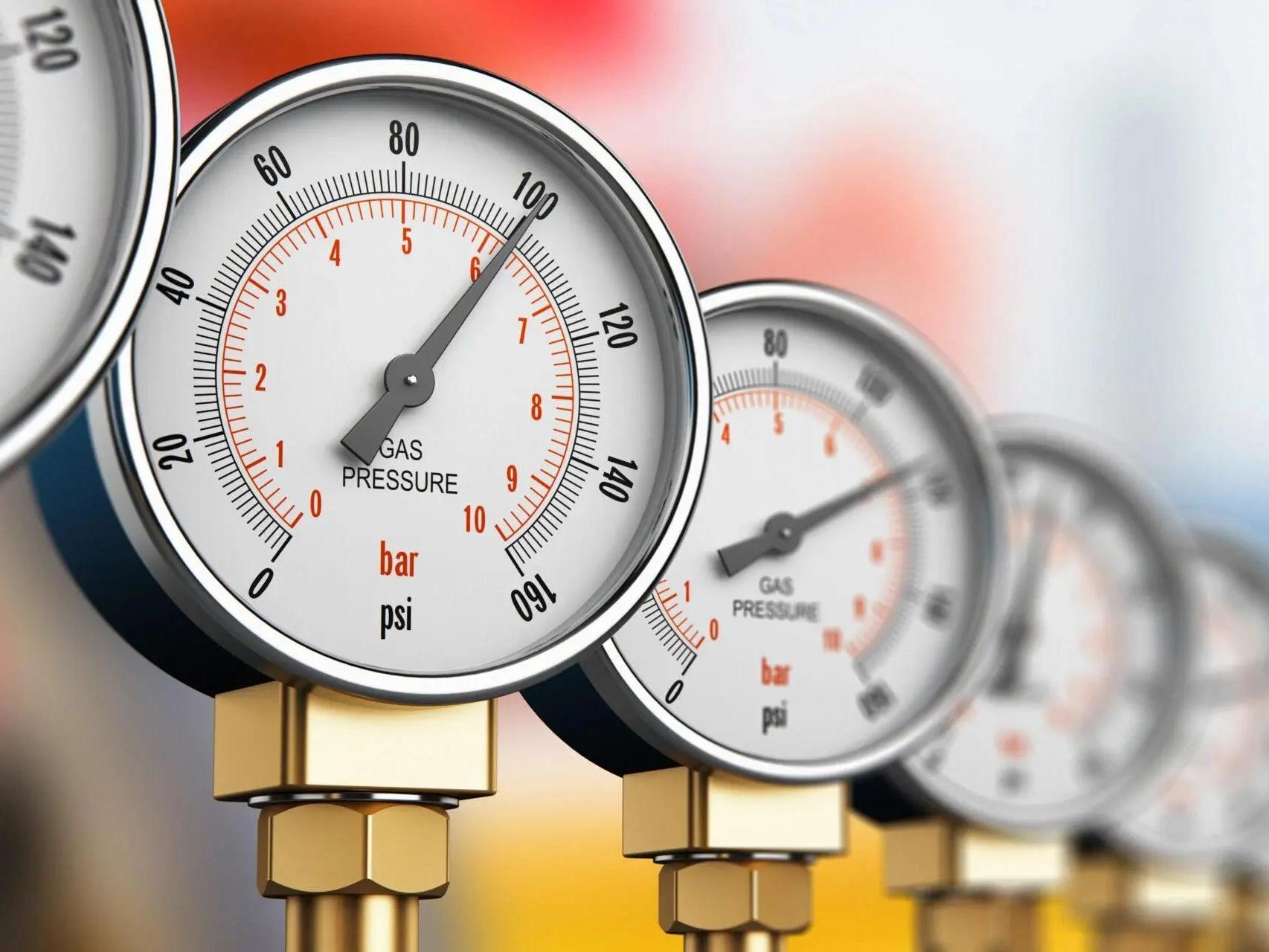International Gas and Hydrogen Industry News Digest

Ripples in Helium Supply: A Future Journey Through the Supply and Demand Storm
Similar to a recession, it is difficult to pinpoint the exact start or end of the helium shortage. Nonetheless, Kornbluth Helium Consulting (KHEC) believes that Helium Shortage 4.0 (HS-4.0) will end by the end of 2023 or early Q1 2024, after gradually ending in the second half of 2023. Chip manufacturing demand for helium is surpassing MRI as the most important application for helium, so the downturn in this area has a significant impact on overall demand. Supply and demand fundamentals are now forming to support adequate supply in the long term. Gazprom plans to start up two more plants in Amur in the coming years, and Qatar Energy has announced plans to start production at its Helium 4 project around 2027. Together, the three plants in Amur and Helium 4 could increase world helium supply by 50% by 2027 or 2028.

Hydrogen accelerates freight decarbonization
Road freight accounts for a quarter of all carbon emissions in the transport sector. Faced with this challenge, EU member states have tightened carbon reduction regulations for newly launched heavy trucks, with heavy vehicles reducing carbon emissions by 45% by 2030 and 90% by 2040 based on 2019 levels. To achieve this ambitious goal, hydrogen must become an integral part of the energy mix. The era of hydrogen-powered road transport may seem to be still in its infancy, but it is not! Thousands of hydrogen-powered trucks and buses are already on China's roads. In Europe, the development of hydrogen transportation began with intensively used professional bus fleets. Hydrogen transportation means less noise, real driving comfort, and the only exhaust emissions are water vapor.

Japan's first hydrogen and biofuel hybrid passenger ship begins operation
Japan's Mitsui & Co., Ltd. recently announced that the hybrid passenger ship "Hanaria" using hydrogen and biodiesel as fuel has begun operating in Kitakyushu. This passenger ship is the first in Japan that can choose propulsion energy from hydrogen fuel cells, lithium-ion batteries and biodiesel fuel, achieving 53% to 100% greenhouse gas (GHG) emission reduction compared to similar traditional fossil fuel ships. Mitsui will continue to promote the introduction of next-generation fuel ships, including this project, and contribute to the realization of a low-carbon, decarbonized society through group-wide joint efforts.
European Parliament votes to approve hydrogen and low-carbon natural gas market package
Recently, the European Parliament formally approved the hydrogen and low-carbon natural gas market package, focusing on industries that are difficult to reduce emissions. It is reported that the hydrogen and low-carbon natural gas market package voted by the European Parliament includes the definition of low-carbon hydrogen and its derivatives, and this plan aims to require natural gas transmission system operators to accept up to 5% hydrogen mixtures from October 1, 2025. At the same time, a proposal from the European Parliament pointed out that the use of hydrogen should be targeted at customers in difficult-to-decarbonize industries with high greenhouse gas emission reduction potential, which have no more energy and cost-effective options.

The EU allocated 115 million euros to build 43 new hydrogen refueling stations
Recently, the EU publicly stated that it would allocate 115 million euros to build 43 new hydrogen refueling stations. It is reported that the European Commission has made it clear that the 115 million euros will be used to launch 43 new hydrogen refueling stations in 7 EU countries. Among them, Poland will become the largest recipient of aid, and the two developers will use the 77.2 million euros of funds received to build 21 new hydrogen fuel stations. It is understood that the funding subsidies also include 8 hydrogen refueling stations in France, 5 in Spain, 4 in Finland, 3 in Denmark, and 1 each in Greece and Slovenia. It is worth mentioning that the EU stated that the number of hydrogen refueling stations funded in this round of financing is 48, but the project list it provided only shows 43.










